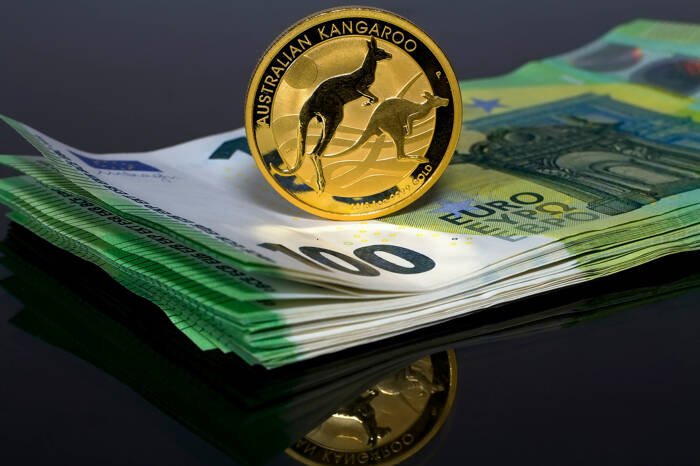Morever, the trade tensions remain a risk factor for AUD/USD. Ongoing uncertainties surrounding Washington’s trade policies have kept investors cautious. If the US imposes further tariffs on Chinese imports, Australia’s trade relationship with China could face challenges. Any escalation in trade conflicts might weaken risk sentiment and pressure AUD/USD. However, for now, China’s stimulus and expectations of steady Fed policy are driving bullish momentum in the pair.
Market Optimism Drives USD/JPY Higher Amid US-Russia Talks
USD/JPY rebounded from the support zone and moved higher toward the $150 price zone as the Japanese Yen weakened. A positive market mood supported risk assets, reducing demand for the safe-haven Yen. Optimism over US-Russia peace talks boosted investor confidence, adding to the Yen’s decline. Meanwhile, the US Dollar underperformed against most major currencies, reflecting market caution ahead of key economic events.
Several factors could impact USD/JPY this week. The Bank of Japan’s (BoJ) monetary policy and the Federal Reserve’s interest rate decisions will be the key events for this week. The US tariff agenda remains a concern, as fears of slower economic growth weigh on investor sentiment. Additionally, the Flash Michigan Consumer Sentiment Index fell sharply to 57.9 in March from 64.7 in February, as shown in the chart below. This drop in consumer sentiments indicates weakening consumer confidence. These mixed signals could lead to increased volatility in USD/JPY.

